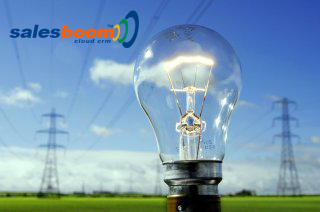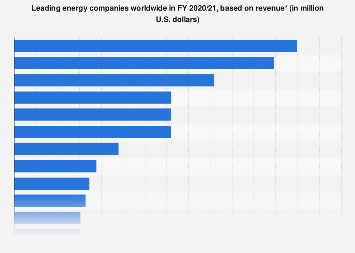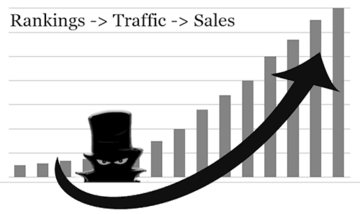An electrical lattice is a perplexing power age, transmission, and conveyance organization. Matrix administrators the substances that oversee energy creation and conveyance are provincial elements that control electrical energy as it goes through a proper framework.
That framework comprising of force stations, transmission lines, and dissemination lines is fanned out across America. At times called framework administrators or adjusting specialists, network Electricity Rates deal with the power matrix to convey your power.
Seven adjusting specialists are known as free framework administrators (ISOs) or local transmission specialists (RTOs). These specialists are regularly called matrix administrators. Matrix administrators screen the power framework, motioning to drive plants when more power is required and keeping up with the power lattice’s electrical stream to the transmission lines and conveyance organization.

A power network has three capacities: age, transmission, and appropriation. Inside each progression, complex cycles are working.
How does a power plant produce electricity?
Your electric service organization’s power plant creates power from three kinds of energy assets:
- Petroleum derivatives, like flammable gas and coal
- Atomic power
- Sustainable power sources, including sun based, wind, and hydropower
Power plant yield is estimated in megawatts, and a megawatt (M.W.) is 1,000,000 watts. The electrical result, how much power is produced, shifts relying upon the size of a power plant. The normal coal-terminated plant creates around 750MW of power.
Power plants use energy sources to create power. Turbine generators produce power at the power plant utilizing energizes from one of the three classes above, steam, water, or petroleum derivatives. Wind turbines and sun-based photovoltaics can likewise deliver power. Separately, they utilize active energy and substance energy to create power.
To make the turbine edges turn and pivot, a turbine generator works by pushing liquid, regardless of whether water, steam, air, or burning gases (the exhaust from ignition). Then, the turbine’s rotor shaft, associated with a generator, changes over the rotor’s dynamic energy (otherwise called mechanical energy) to electrical energy.
What do transformers do?
A transformer is an electrical gadget that moves electrical energy starting with one electric circuit then onto the next utilizing the standards of electromagnetic enlistment. Transformers don’t produce power; all things considered, transformers move power starting with one exchanging current then onto the next.
Transformers can increment or lessen AC voltage, which is called moving forward or venturing down the voltage. For instance, when the power leaves the power plant, it goes through a transformer to move forward the voltage.
Why are high-voltage transmission lines necessary?
High-voltage transmission lines convey high-voltage power over significant distances, and they are instrumental in conveying power to the power matrix’s appropriation organizations. These high-voltage electrical cables convey up to 500,000 volts. A huge modern plant may likewise require high-voltage lines straightforwardly from overhead transmission lines. Without high-voltage transmission lines, the intricacy and weakness of the power framework become more costly and hard to make due.
Power is passed on at a high voltage to expand proficiency by forestalling energy misfortune. Higher voltage implies a lower current. Thus, lower current reductions opposition misfortune in guides. Diminished obstruction means less lost energy as power moves over significant distances, making transmission lines a fundamental piece of the power framework.
There are two sorts of electrical lines. High-voltage lines convey power from the power plants to substations, frequently over significant distances. From the substation, appropriation lines send energy to private and business customers. Appropriation lines have a much lower voltage.



